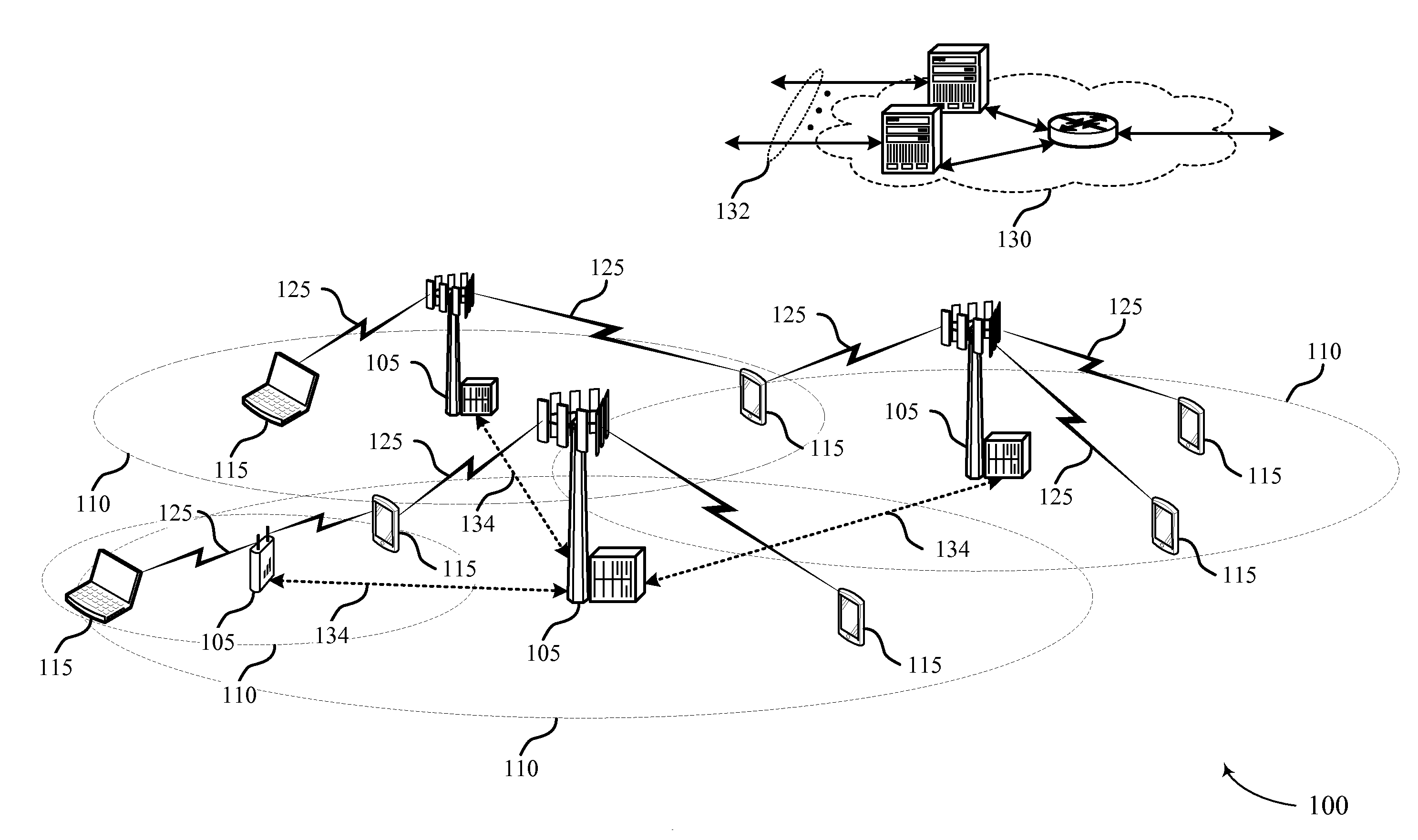Flexible multiplexing and feedback for variable transmission time intervals
a variable transmission time interval and multiplexing technology, applied in the field of wireless communication, can solve the problems of resource efficiency, scheduling flexibility, different tradeoffs between latency and latency, and achieve the effect of improving latency and improving latency
- Summary
- Abstract
- Description
- Claims
- Application Information
AI Technical Summary
Benefits of technology
Problems solved by technology
Method used
Image
Examples
Embodiment Construction
[0064]A base station may multiplex downlink (DL) data for a user equipment (UE) according to one of several multiplexing schemes: time division duplex (TDD) multiplexing, time division multiplexing (TDM), and frequency division multiplexing (FDM). Each multiplexing scheme may offer certain benefits over other schemes with respect to latency, efficiency, and scheduling flexibility.
[0065]According to the particular benefits of each multiplexing scheme, one type of multiplexing may be more suitable for a certain type of transmission than another. Thus, a physical layer signaling mechanism may allow a base station to flexibly and dynamically choose one of the multiplexing modes, depending, for example, on the status of the base station. The mechanism may use two (2) layer one (L1) signals (e.g., physical DL format indicator channel (PDFICH) and physical UL format indicator channel (PUFICH)) to indicate the length of a transmit time interval (TTI) and the length of an UL burst. For examp...
PUM
 Login to View More
Login to View More Abstract
Description
Claims
Application Information
 Login to View More
Login to View More - R&D
- Intellectual Property
- Life Sciences
- Materials
- Tech Scout
- Unparalleled Data Quality
- Higher Quality Content
- 60% Fewer Hallucinations
Browse by: Latest US Patents, China's latest patents, Technical Efficacy Thesaurus, Application Domain, Technology Topic, Popular Technical Reports.
© 2025 PatSnap. All rights reserved.Legal|Privacy policy|Modern Slavery Act Transparency Statement|Sitemap|About US| Contact US: help@patsnap.com



